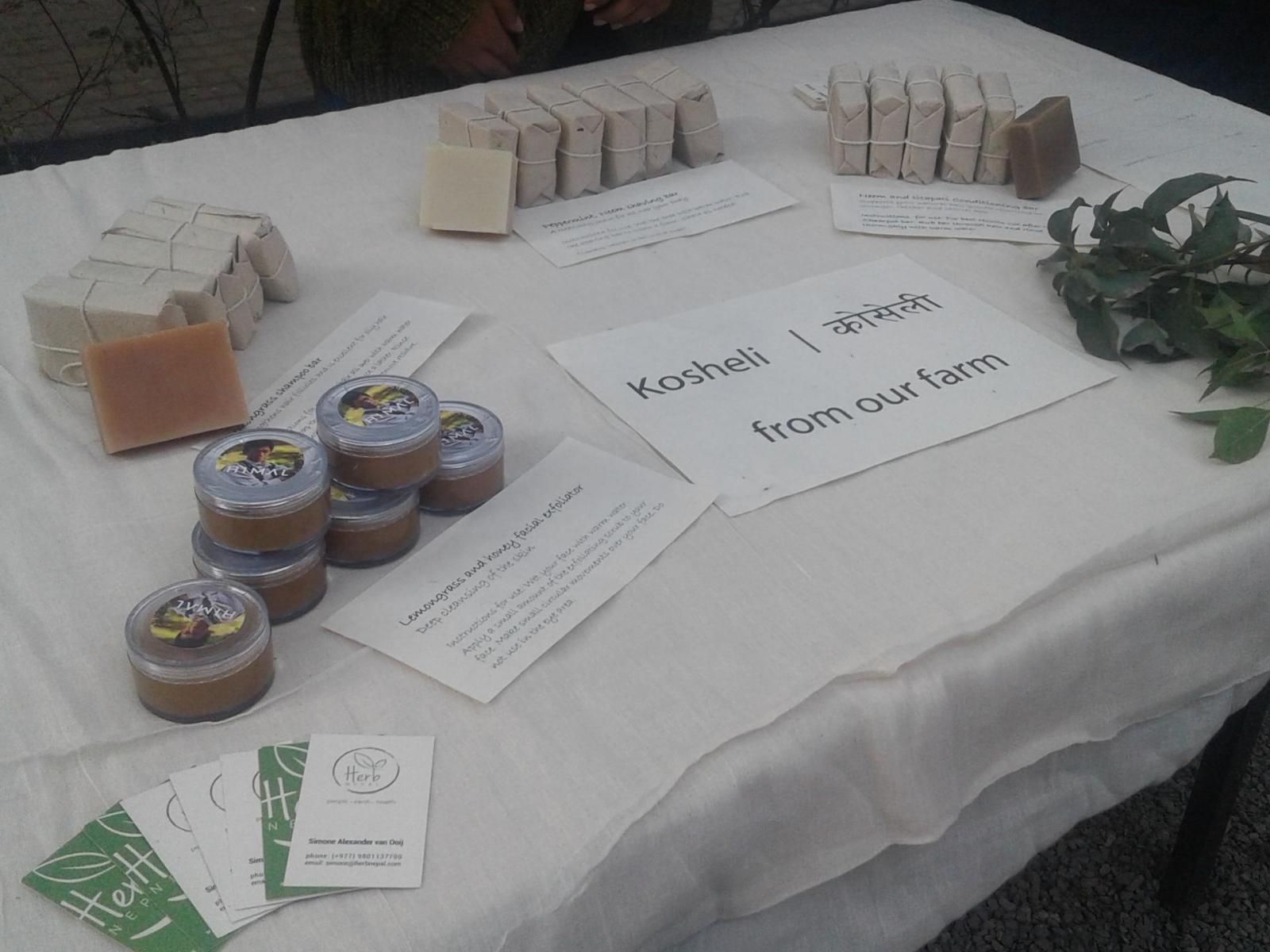An Overview Of Our Solution
- Population Impacted:
- Continent: Asia
Organization type
Population impacted
Size of agricultural area
Production quantity
People employed
Describe your solution
Describe your implementation
External connections
What is the environmental or ecological challenge you are targeting with your solution?
Describe the context in which you are operating
Nepal is a farming country with 80% of the population relying on subsistence farming and 70% of those households having less than 1 hectare of land; with insufficient land space to cultivate amounts needed to meet their subsistence requirements (Rural Poverty Portal, 2015). The World Bank, 2012 suggests there are 6.2 million rural poor in Nepal. This desperate situation is compounded by high rates of youth out-migration, fewer young people working in agriculture, uncertain markets and prices and low insecure incomes of farmers. Despite Nepal being dependent on farming for food sources and maintaining a 37% share of the national GDP (Pyakuryal, Bishwambher, Mandala Bookpoint, 2015), there are limited opportunities in the agriculture sector. The SCP pilot program is operating in two specific districts (Bhaktapur and Kavre). These districts were left devastated by the 2015 earthquake and the subsequent gas/petrol blockade. This was particularly catastrophic for these districts as communities predominantly consist of the highly marginalised, economically poor ethnic group, Tamang. Research undertaken in September 2016 of Ashapuri, Bhaktapur, “Enhancing the resilience of a peri-urban community in Nepal through mobile technology’, L. O’Doherty (Msc, Student) identified that climate change and lack of market access are a major risk to agricultural productivity, precisely what the SC pilot addresses.
How did you impact natural resource use and greenhouse gas emissions?
Language(s)
Social/Community
Water
Food Security/Nutrition
Economic/Sustainable Development
Climate
Sustainability
The Herb Nepal business model seeks to provide a financially independent model, with a range of income generating activities. The revenues from the sale of the herbal products, is just one of these income streams. Other income streams include natural sustainable farm stays built using a rammed earth technique, consultancy services (e.g trainings, farm concept designs, further roll out of SC Program) and fee-paying volunteer, intern and student (VIS) placements. The income generated is partially reinvested back into the SC program to ensure it is self-sustaining.
Donor funding has kick-started the program although it is intended that the future of the program is secured using market-based revenues from our various activities.
Return on investment
Entrant Image

Entrant Banner Image

